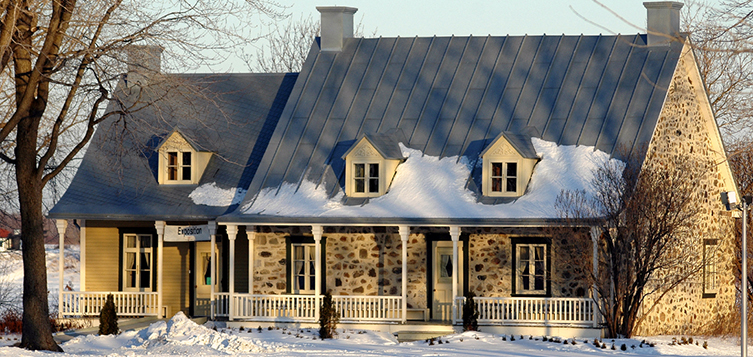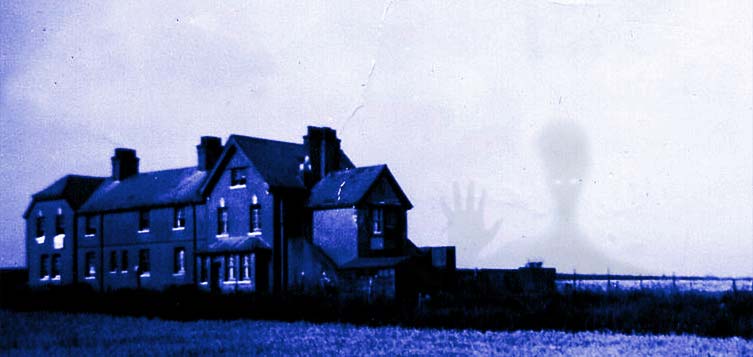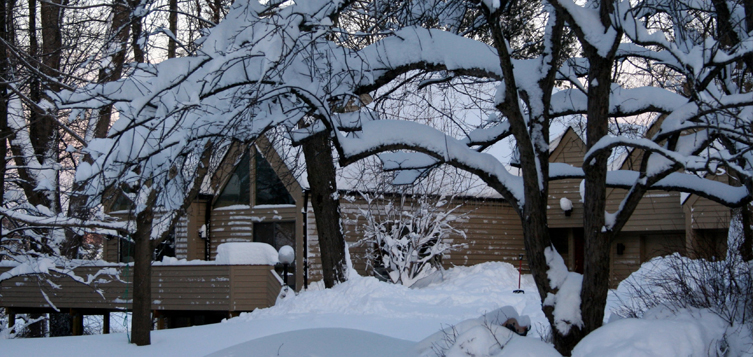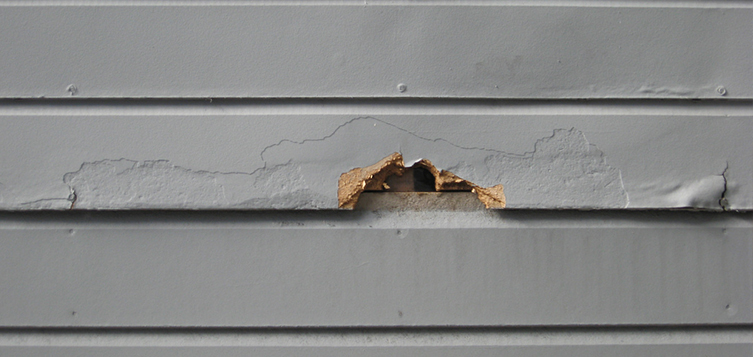The winter time can take it’s toll on your home and bank account if you aren’t prepared. Here are the most common winter home improvement tips to protect your home, family and wallet this season.
Common Winter Home Improvement Tips
It’s important to ensure that your downspouts and gutters are cleaned regularly and free from debris. One way to prevent them from clogging, and to keep you from having to clean them as often, is to have gutter shields installed.
Using a flat-head screwdriver, prod the edges surrounding your decks, doors, railings and windows to check for gaps. If you find any, fill them in with a high-quality outdoor caulk.
Autumn’s milder temperatures and drier air provide an ideal opportunity to re-paint your house and deck.
Be sure to hire a reputable roofing company to inspect your roof for damage. If the shingles are in poor condition, it’s essential to have them replaced. If the damage is extensive, you may need to replace your entire roof. This can be costly, but it’s very important to do before winter comes. First, you should inspect your roof’s flashings. Damaged flashing will allow water to enter your home, resulting in other problems.
In order to keep your pipes from bursting this winter, shut off the water to the pipes that supply your hoses. Afterward, turn on the valves on your hoses until no more water comes out to ensure that the pipes are completely empty.
Staying Warm
If you have a wood-fueled fireplace, it’s important to make sure it’s been cleaned and thoroughly inspected before use. Otherwise, you run the risk of chimney fires and a dangerous buildup of carbon monoxide.
Locate any water pipes along your home’s outer walls and wrap heating tape around them. Besides reducing your energy costs, this will keep the water in them from freezing and causing them to burst.
If you have a central heating system, be sure to change your filters and have your ducts cleaned. You should also have an HVAC company inspect your gas-powered system to ensure there are no issues that could put you at risk. Many local gas companies will also perform this inspection free of charge.
For boiler-based heating systems, be sure to empty its expansion tank, inspect water pressure and drain all of the radiators.
Inspect your attic to see that your insulation is in good shape. Make sure it’s installed so the vapor barrier is facing downward. If it’s not, moisture will accumulate and cause water damage.
Windows and Doors
As humidity levels and temperatures change, the seals around your windows may crack or recede. Inspect all of your doors and windows for air leaks and lay a bead of caulk around their edges. Now is also the time to install your storm windows for added protection from the cold. If your windows are excessively leaky, you may also want to install plastic over them.
The Garden
Starting in fall, you can move or divide your perennial plants and mulch your beds. It’s also a good time pull up spent annuals. Annuals tend to die when it gets cold, and your perennials may appear to do the same. However, this just means that they’ve entered the plant version of hibernation, and the roots are still alive. To protect them further, be sure to surround them with some mulch.
Ideally, mulching of your perennials should begin after the first hard frost, which occurs at 28 degrees Fahrenheit. However, don’t cover the plant’s crown or it may rot.
Clean up all of your lawn and garden tools before storage. All edged metal tools should also be sharpened and lightly oiled.
Inspect your trees for dead branches and remove them. This keeps them from falling on your home in high winds.
The Lawn
Large accumulations of leaves should be raked up and removed. If you leave them, they can suffocate your grass, making it yellow and ugly. A good solution is to use a mulching mower to turn them into valuable lawn mulch.
Fall leaves should not go to waste. You can either compost them for use next year, or you can spread them on your flower beds as a source of free mulch. As they break down, they’ll release valuable nutrients into the soil.
During fall, you may want to consider aerating your lawn. This enables better absorption of nutrients and water to grass’ roots. It’s highly recommended to fertilize afterward.
As soon as fall arrives, consider planting cold-loving grasses like rye and fescue. This way, they’ll have plenty of time to establish hardy roots before the ground freezes. You should also fertilize your lawn at this point. Fertilizing now will help your grass store nutrients for winter, helping it look better when spring arrives.
Controlling Attic Pests
The attic is often the first place a pest problem starts. The insulation and warm air make it an appealing place to nest and provides access to the rest of your home. If your attic features vents, consider placing screens behind them to prevent entry.
Just because you’ve eliminated entryways into the attic doesn’t mean that pests won’t be able to get into the house. It’s important to look for signs of an infestation in other key locations. Check in your bathroom, basement, crawl spaces, in cabinets and under the edging of your cabinets near the floor. Many pests also like to take up residence behind or underneath gas stoves since it stays warm there.
Safety from Carbon Monoxide and Smoke
Come autumn, you should test your smoke and carbon monoxide detectors. If you haven’t already, you should also install new batteries in them. These are essential pieces of equipment that every home should have. In the event of a fire or carbon monoxide buildup, they can alert you to trouble and save the lives of your and your family.
Carbon monoxide is a naturally occurring gas that has no smell or color. It is typically produced as a by-product of combustion, and if it’s inhaled for too long, the effects can be fatal. Fortunately, it’s possible to purchase a reliable carbon monoxide detector for just a few dollars. This is an inconsequential cost in comparison to the value of your life.
When installing a carbon monoxide detector, it’s important to do so according to the product’s instructions. Take care to place one by every possible carbon monoxide source, such as near fireplaces and furnaces, and keep place them in bedrooms as well.
Of course, each home and its needs can be very different. If you would like to speak with someone about winter home improvements your home could use please contact me, I would love to help out.
Looking to get a project going?
Whether you need exterior work, roof maintenance and repair or a whole house makeover, we know home improvement inside and out! Contact us for a no obligation quote today.




